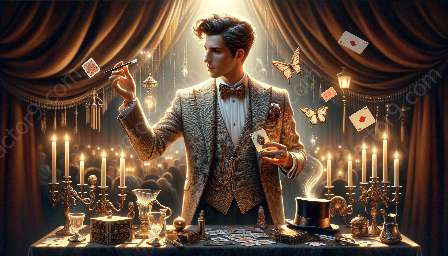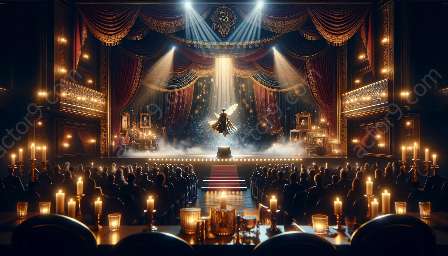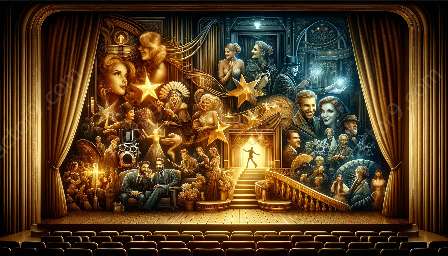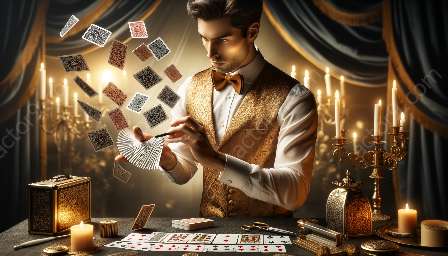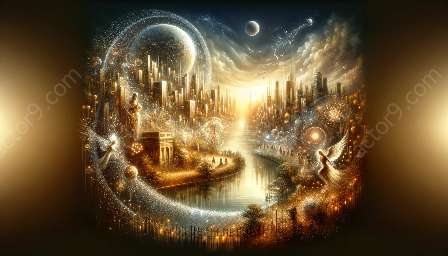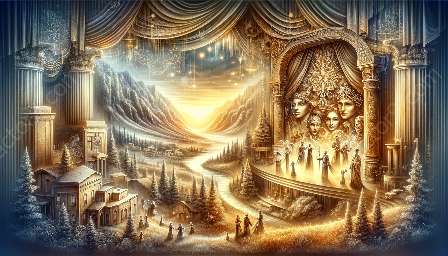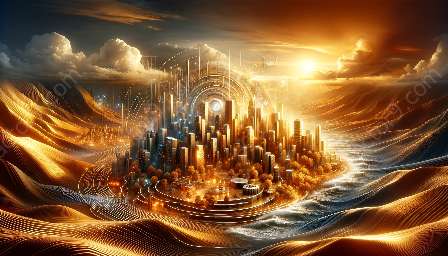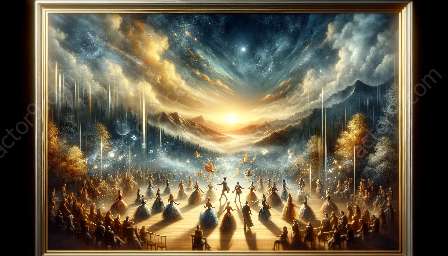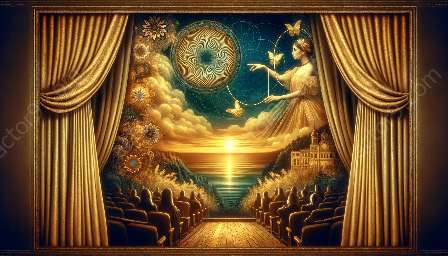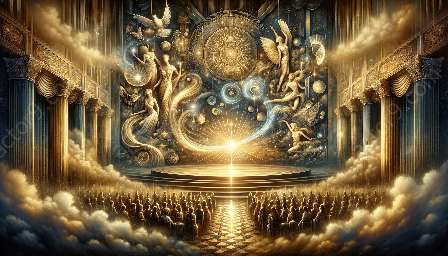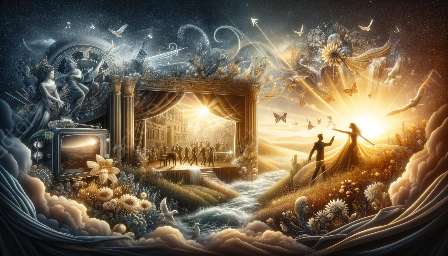Gender representation in magic and illusion in popular culture is a topic that has garnered significant attention in recent years. As society becomes more aware of the need for diverse and inclusive representation in all forms of media and entertainment, the world of magic and illusion is also being scrutinized for its portrayal of gender roles and stereotypes. This topic provides ample opportunity to explore how magic and illusion, as seen in popular culture, reflects and perpetuates societal norms and attitudes towards gender, and how it can also challenge and subvert these norms.
The Historical Context
Historically, the world of magic and illusion has been dominated by male performers, with women often relegated to the role of glamorous assistant or supporting act. This traditional setup has contributed to the perpetuation of gender stereotypes, with men being seen as the powerful and skilled performers, while women are relegated to the sidelines as decorative accessories. However, in recent years, there has been a notable shift in the demographics of magicians and illusionists, with more women stepping into the spotlight as accomplished performers in their own right.
Gender Stereotypes and Subversion
When examining gender representation in magic and illusion in popular culture, it is important to consider how these art forms can both reinforce and challenge traditional gender stereotypes. Historically, magic has been associated with qualities such as power, control, and mystery—attributes that have often been coded as masculine. Female magicians and illusionists have been faced with the challenge of navigating these stereotypes while also carving out their own identities within the art form.
Additionally, the portrayal of gender in magic and illusion extends beyond the performers themselves to the illusions they create. The choice of costumes, presentation, and storytelling within a magic performance can all contribute to the perpetuation or subversion of gender norms. For example, a male magician traditionally dressed in a sharp tuxedo and exuding an air of authority may reinforce traditional masculine ideals, while a female magician performing daring and skillful illusions can challenge preconceived notions of gender roles and capabilities.
Representation in Popular Culture
Popular culture, including television, film, and literature, has played a significant role in shaping public perceptions of magic and illusion. The portrayal of magicians and illusionists in popular media influences how the audience perceives gender dynamics within the world of magic. For instance, fictional characters such as Hermione Granger in the Harry Potter series and the Enchantress in Suicide Squad have contributed to the popular imagination of powerful and skilled female magic users, challenging traditional gender roles within the genre.
Moreover, the visibility of diverse gender identities and expressions in popular culture has also impacted the representation of magic and illusion. The inclusion of non-binary, transgender, and gender-nonconforming characters within magical narratives has expanded the conversation around gender diversity and representation within the realm of magic.
Conclusion
Gender representation in magic and illusion in popular culture is a multifaceted and evolving subject that reflects broader conversations about gender roles and stereotypes. By critically examining the portrayal of gender in magic and illusion, we can gain insight into societal attitudes and values. This exploration also offers an opportunity to celebrate the achievements of performers who challenge traditional gender norms and contribute to a more inclusive and diverse magical community.


